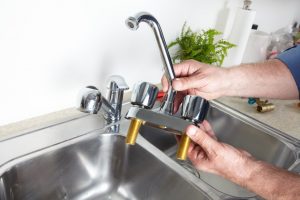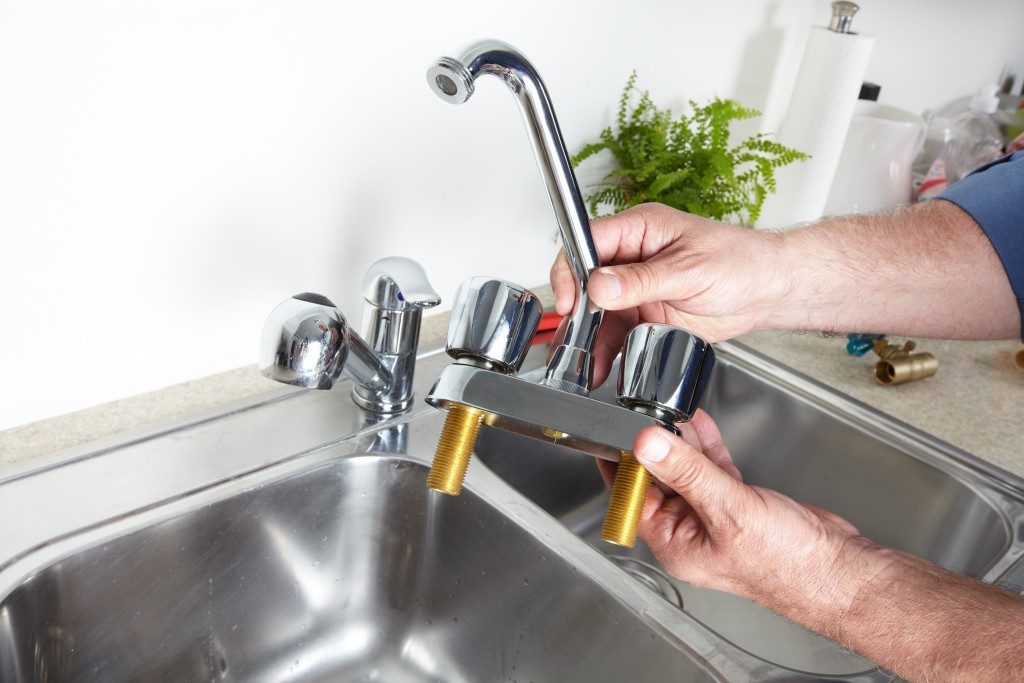 Faucets shopping — how do you do it? Is it as simple as choosing an attractive style that fits your interior home? Do you focus on the size and go with one particular brand? Choosing the right faucet will allow you to get the most out of its form and functionality.
Faucets shopping — how do you do it? Is it as simple as choosing an attractive style that fits your interior home? Do you focus on the size and go with one particular brand? Choosing the right faucet will allow you to get the most out of its form and functionality.
You could start by getting guidance from stores, like Heieck Supply, which provides a list of reliable installers who may suggest which type of faucet would work well for your home.
You can also learn about your options:
Know the Different Spout Styles and Shapes
The first thing you have to do is match the faucet with the number of mounting holes in your kitchen or bathroom sink. In most homes, sinks have mounting holes pre-drilled for faucets and accessories, like soap dispensers or side sprays.

There’s a variety of faucets that come in different spout styles and shapes. Here are some of them.
- Straight spout faucets: They are compact and are often affordable. But you will have to move them so they can fit a big pot under it.
- Gooseneck models: The good news is they have higher clearances. The downside: they can cause splashing if you have a shallow sink.
- Articulating Spout: If you need flexibility while doing the dishes, this spout style allows you to direct the water stream to where you need it. This type of spout not only enhances efficiency and manages water flow rate, but it also looks like a piece of sculpture on your sink. Perfect for contemporary homes.
Whichever style you’re going for, be sure that the faucet head swings enough to reach the sink. It’s important to keep the faucet proportional. For instance, if you have a large sink, match it with a big enough faucet.
Check Your Pipes for the Quality of Water
In general, the water in the US is of high-quality. But about eight percent of water systems in America have health-based violations on water quality standards. Make sure your home is affected by this unfortunate finding.
But how do you determine the water from your faucet is clean and safe for consumption? Try the following steps:
- Check with your water company; it is obligated to provide you with a water quality report
- Check the Environmental Protection Agency’s Water Watch Program; it links to a database water quality violations, reported health hazards, and state actions that enforce water quality or clean up
- Try DIY water testing kits
Test Run Your Faucets to Repair Problems Right Away
Here are some of the most common faucet problems to observe:
- Faucet handle leaks
- Squeaks
- Low water pressure
- Spray misting
- Drips from the spout
- Faucet noises
- A hard-to-use faucet handle
Sometimes, one of these problems could happen soon after installation. This is especially true for DIY plumbing jobs. Problems, like leaks or faucet noises, can also occur because of factory defects. But whether you’re dealing with a faucet replacement or new installation, it’s always best to rely on professional plumbers. That way, you avoid installation issues and know what to do when something is wrong with the product.






